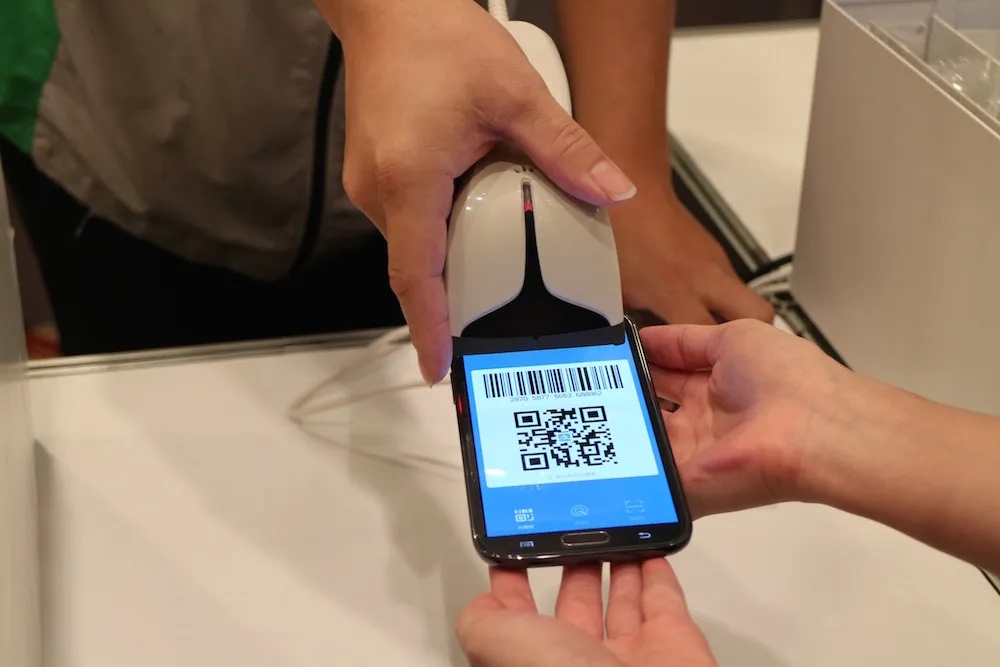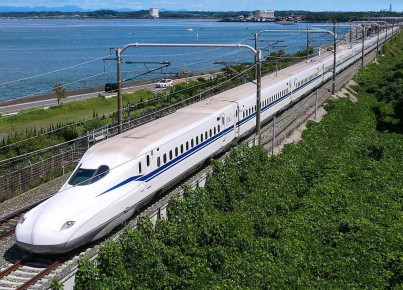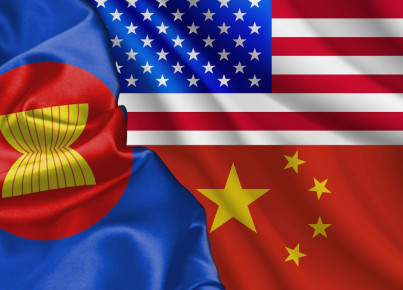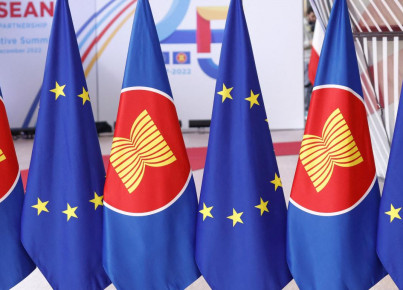Malaysia, Indonesia, Thailand, Singapore and the Philippines have interconnected their national QR code payment platforms. Consumers will be able to instantly make payments, including in foreign currency, with reduced costs for both them and sellers. The region solidifies its position as a global fintech hub.
Last June, Malaysia and Indonesia connected their digital payment platforms based on QR code technology. Kuala Lumpur had already completed the connection with Singapore in April and, even earlier, with Thailand. These initiatives are not isolated or bilateral but are part of a coordinated ASEAN project that also involves the Philippines. Five prominent economies in the region have decided to coordinate the technical standards of their respective national platforms, creating a network that allows users to make payments using their national provider's QR codes issued in another country. The project also enables instant currency conversion. The initiative was announced last year during the G20 summit of finance ministers and central bank governors, chaired by Indonesia. The five partners intend to continue the project, and in the future, consumers may also be able to make instant transfers or purchase national digital currencies through platform interconnections. Other countries may also join the network.
The ASEAN initiative is part of a global context of rapid QR code development, increasingly used for digital payments. By 2025, this payment method could move $3 trillion globally. Its main strength lies in its accessibility, as in certain regions of the world, owning a smartphone is much easier than having a credit card. This condition could enable Southeast Asia to drive “a digital payment revolution". Over 50% of ASEAN consumers living in urban areas already use e-wallets for their payments, and this number is expected to reach 84% by 2025. The figures are not equally impressive in rural areas, where less than 20% of consumers used e-wallets in 2020, but this number is projected to approach 60% by 2025. This trend aligns with what is happening in China with Alipay and WeChat. The main barrier to this conversion is the scepticism of merchants who consider the transactions to be unreliable and too costly, leading them to reject electronic methods. However, the adoption of QR codes and their ASEAN-level interconnection provides a response to these concerns and will undoubtedly contribute to the spread of digital wallets. QR code advocates also claim that the method is safer, as it requires less personal data to be provided to sellers.
This "revolution" will have an impact on the future development of many sectors of the economy, creating winners and losers. Traditional banks, already less present in certain areas of ASEAN countries, risk being replaced by fintech competitors. To pay with a credit card or withdraw cash from an ATM, a current account and a physical distribution network are required. These are not easy obstacles for traditional banks to overcome due to costs and difficulties in obtaining creditworthiness information about potential customers. Fintech companies, on the other hand, are not burdened by these requirements and can more easily attract new customers in Southeast Asia and extract value from their transaction data. It is a market with immense potential, and "unlocking" it will allow ASEAN companies to further grow and consolidate the region's position as a global laboratory for digital and fintech innovation.
However, these initiatives also have a political dimension. QR codes reduce the costs of individual transactions and, as mentioned earlier, are easily accessible even to individuals normally excluded from traditional banking channels. The so-called "financial inclusivity," which aims to make the financial system accessible to the middle class and those living in rural areas, is a strategic objective for ASEAN governments and can make their economies more prosperous and competitive. Moreover, the fact that the coordination of technical standards occurred at the ASEAN level, rather than just bilaterally, is evidence of the organization's potential as a forum to discuss and strengthen regional integration, both economically and digitally. However, this project is limited to some of the most competitive and closely aligned economies within the organization. Which other national platforms could join in the future? Vietnam has already worked with Thailand to connect their QR payment systems, and if it participates in the network with the other four countries, all the wealthiest economies in the region would be part of it. Involving smaller countries with fewer resources is more challenging.
The political impact of this initiative goes beyond ASEAN. The coordination of QR platforms allows consumers to instantly pay bills in foreign currency with minimal exchange rates. In practice, the system converts ASEAN currencies directly, without the need for US dollar intermediation. The digitalization of money flows thus poses an additional challenge to the centrality of the American currency in international exchanges. Lastly, strengthening ASEAN as an innovative and dynamic digital hub enhances the region's role in defining future technological standards. Perhaps even capable of carving out a space amidst the US-China duopoly. Coordinating and facilitating electronic payments creates new opportunities. It is curious to observe that, on the other hand, in Italy and other European countries, it is sometimes still challenging to pay with a credit card, and preserving the role of cash is a political issue. This approach is completely opposite to the dynamism demonstrated by Asian companies and governments, slowing down the progress of our economies towards the new digital "revolution."






